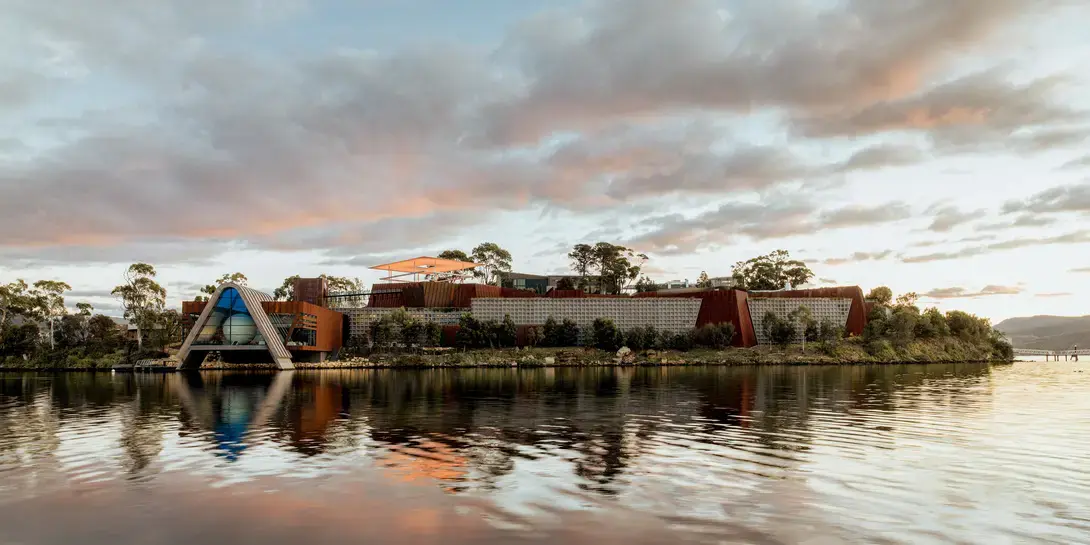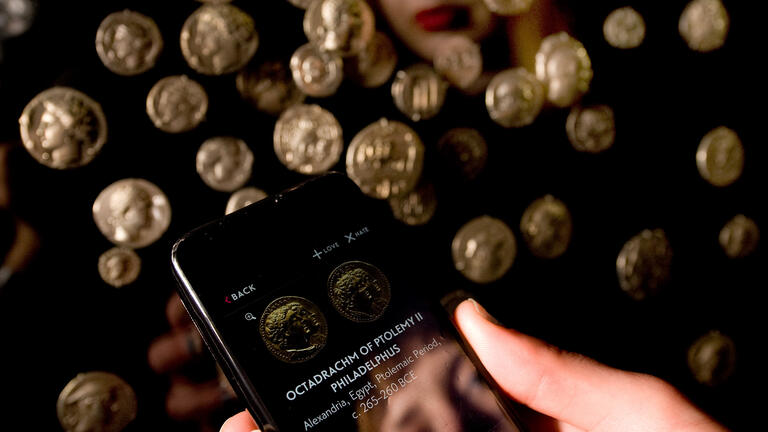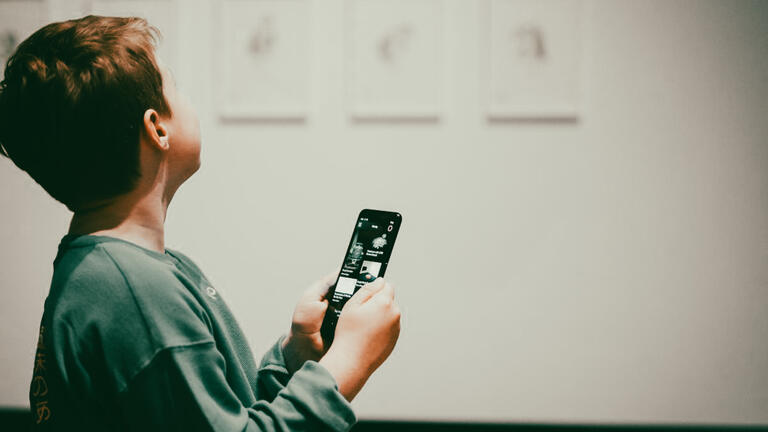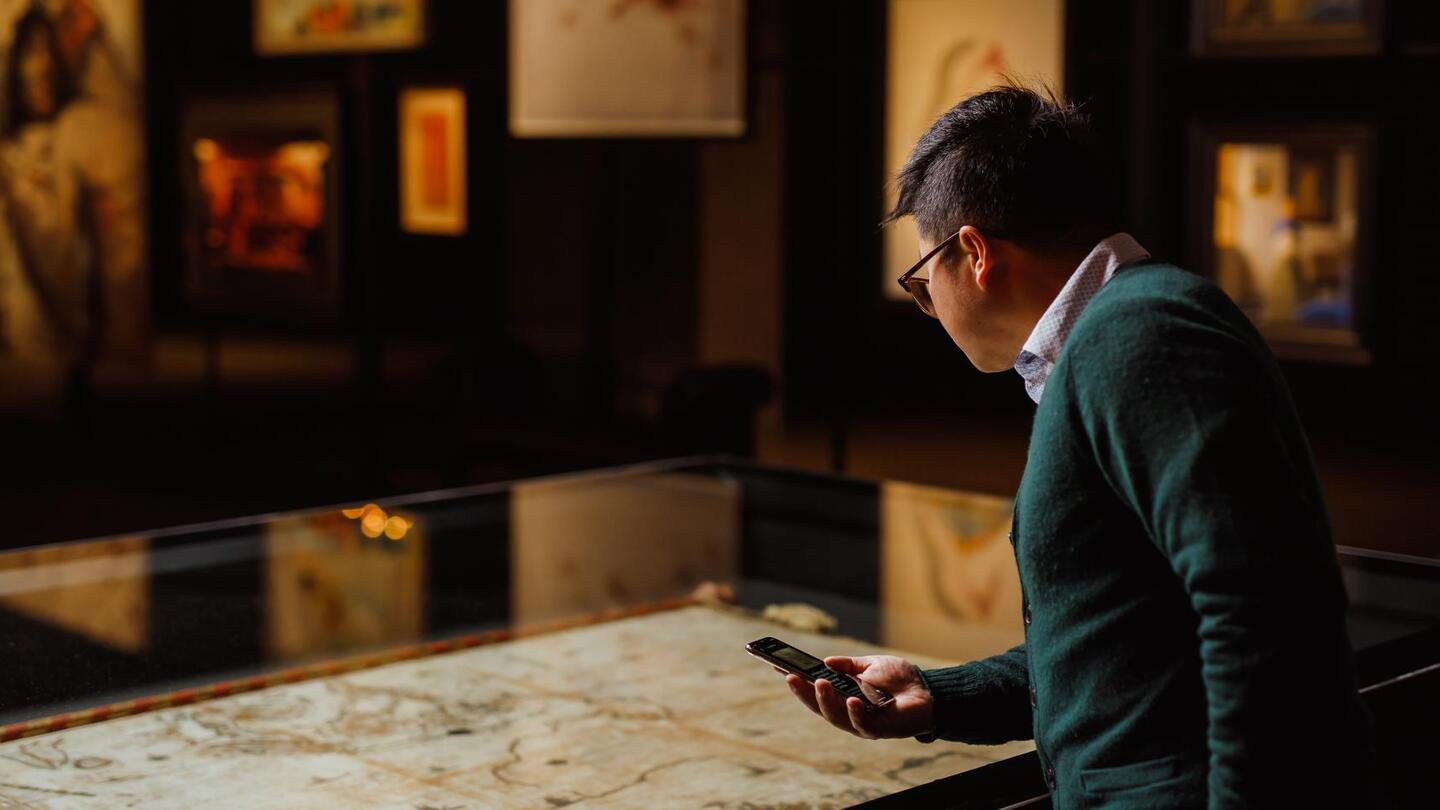Democratising the museum experience

Mona
Hobart, Australia
When David Walsh opened Mona he wanted to revolutionise the way a museum could look and feel. He wanted to democratise the museum experience: no wall labels, no scholarly rhetoric. He wanted a different type of storytelling.
In the three years leading up to Mona’s opening in 2011, Art Processors invented the O. It put Mona at the cutting edge of museum mobile technology, and continues to push the boundaries of what a mobile experience can be.
The O replaces traditional wall labels and texts, using indoor location technology that finds visitors wherever they are and tells them about the artwork on display closest to them. Visitors use the O to access layered content: from curator perspectives and summaries (‘Art Wank’) to personal commentary by David Walsh, artist interviews, deep dives, audio, and sometimes deliberately irreverent takes (‘Gonzo’). They can ‘love’ and ‘hate’ the art, join virtual exhibition queues, and save their visit for exploring later. Since Mona opened, the O has been used by over 97% of visitors—unheard of in the museum sector.
Our ongoing partnership with Mona is a best-practice example of how innovative approaches to the design of tourism experiences can improve audience engagement, and in turn, contribute significantly to the local community and the broader tourism industry. Mona is now one of the top museum destinations in the world and a global tourism success story.
Art Processors continues to collaborate with Mona designing new experiences for visitors. It’s no exaggeration to say that the O and Art Processors enabled Mona to manifest the way it has - dark, mysterious, confusing, different, innovative - and continues the journey into new terrain.


I could easily have opened the doors if some of the art didn’t look right or some of the lighting wasn’t working, but if the O wasn’t there I was never going to open because it was the thing that gave me the freedom to create in the way that I wanted to create.
– David Walsh, Founder, Mona and Director, Art Processors
